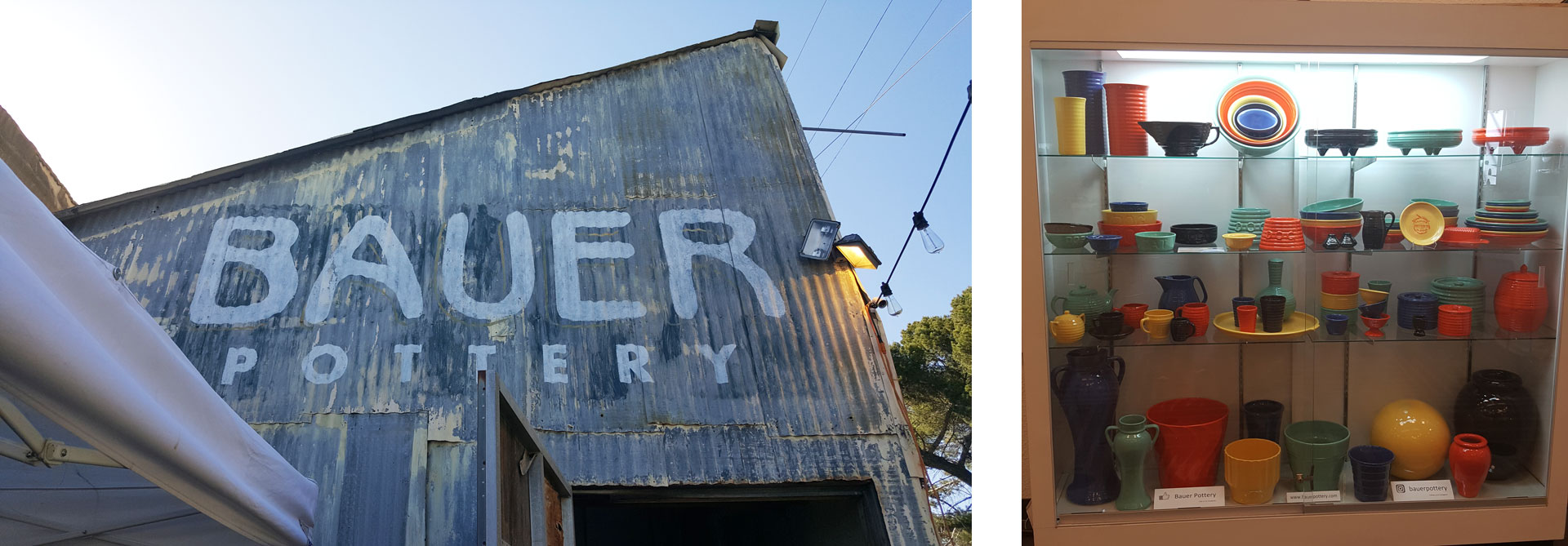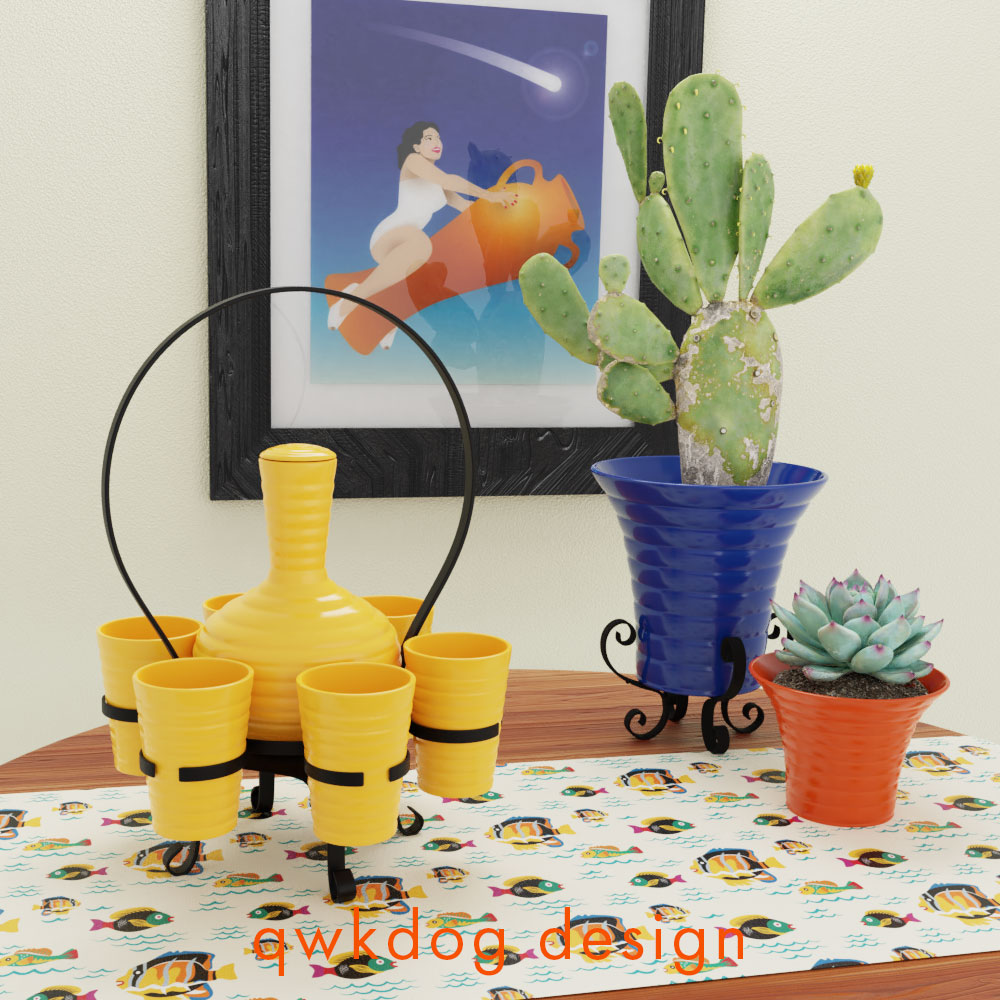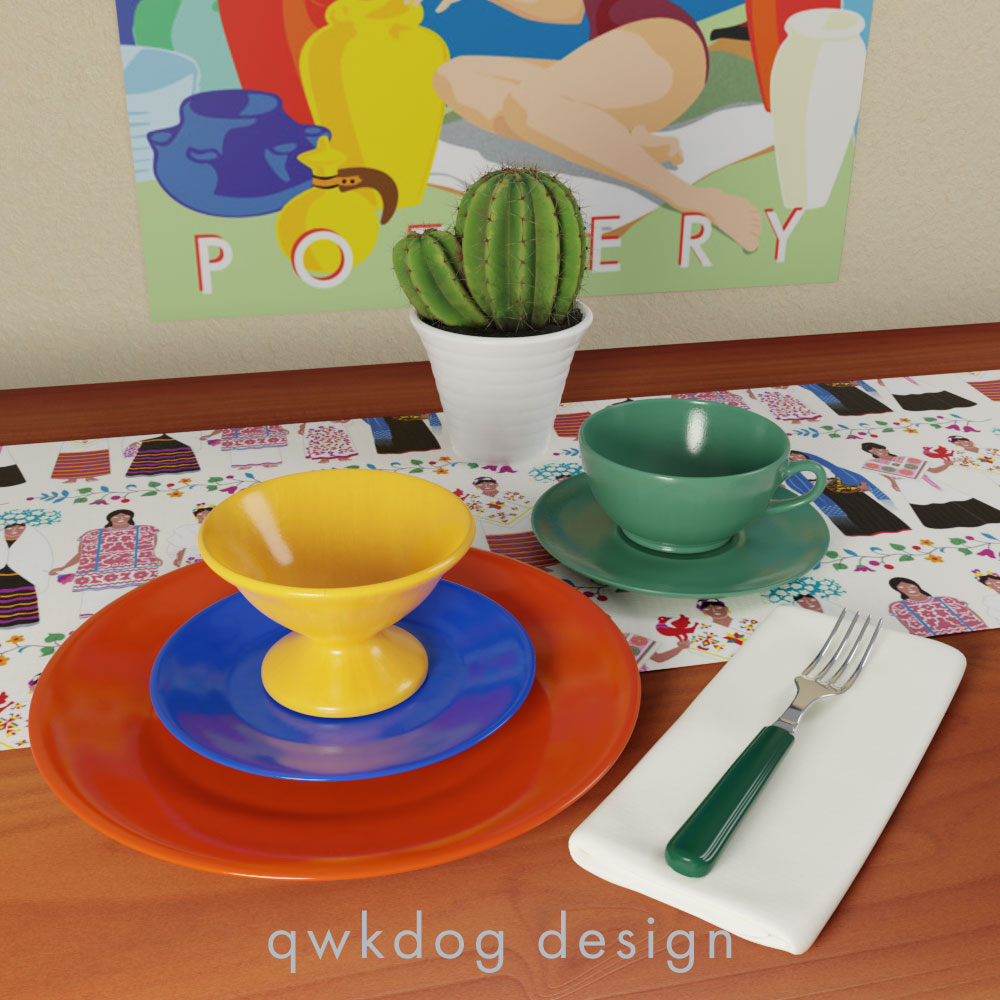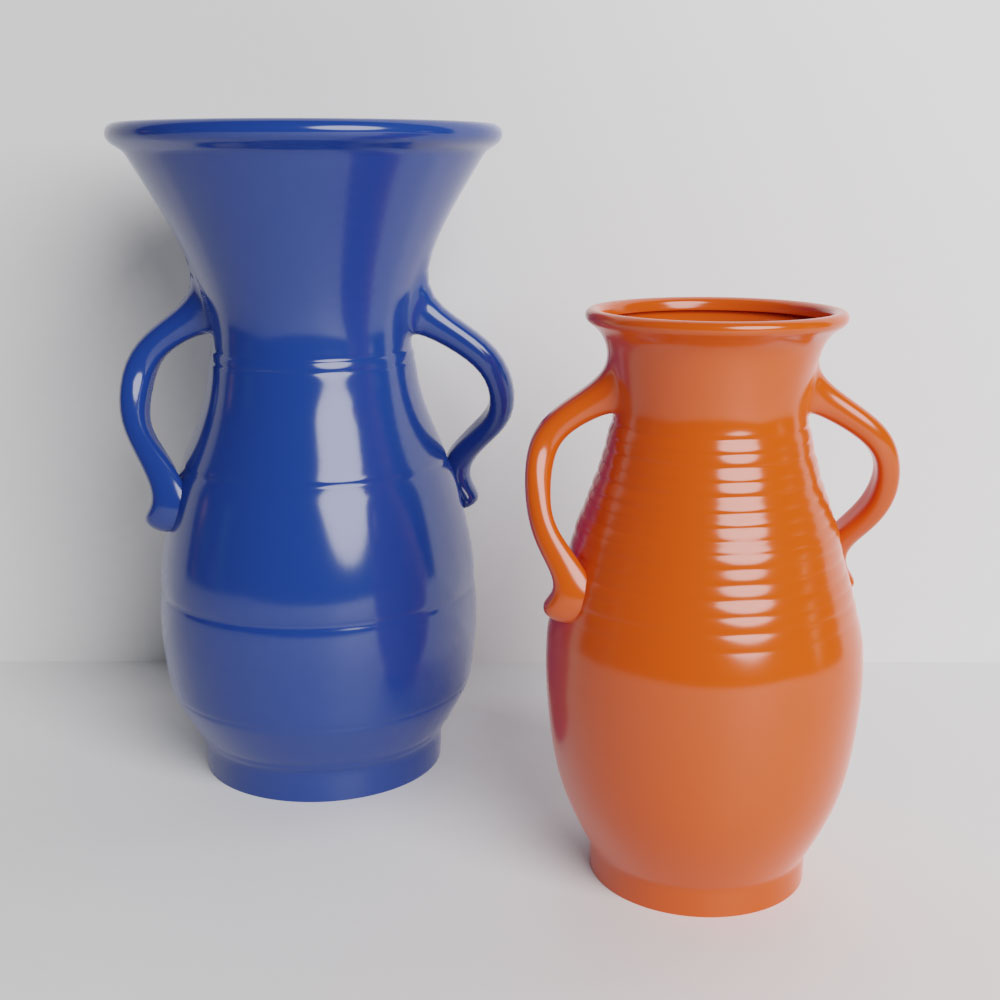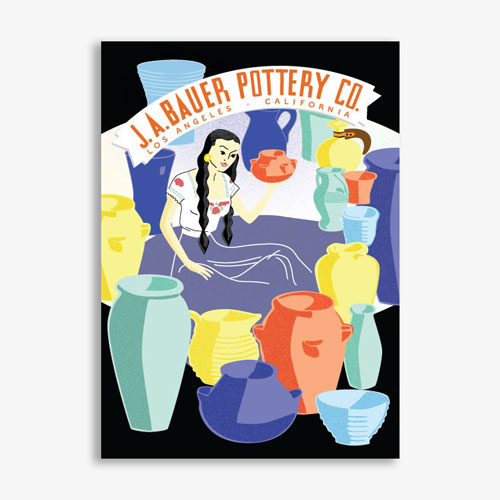Exploring Bauer Pottery
The Start of Bauer Pottery
Bauer Pottery was founded by John Andrew (J.A.) Bauer in the late 1800s in Paducah, Kentucky. Seeing opportunity in California, he moved the company to the Lincoln Heights district in Los Angeles in 1910 and produced a range of stoneware, kitchenware and gardenware. Their production facility was located at 415-421 West Avenue 33, just a few blocks away from Pacific Clay Products‘ plant #4. The plant was strategically located near a railway line, essential for the distribution of their wares. Early production focused on stoneware and sanitary-ware, and then shifted to a new category of goods in their lineup: gardenware. Bauer rapidly became the go-to source for clay flower pots for nursery companies.
Spurred on by the success of the gardenware line, designer Louis Ipsen and potter Matt Carlton joined Bauer around 1915 to launch a new artware line.
J.A. Bauer passed away in 1922 and the company ended up in a partnership with his son-in-law, Watson Bockmon, and two sons of a Kentucky whiskey baron, Sam and Lynn Bernheim. None of the three partners had experience running a business. Watson was made president, with Sam and Lynn taking vice presidencies. The differences in their management styles made the arrangement difficult, and Watson left Bauer in 1928, but rejoined the company in 1930 after buying out the Bernheims.
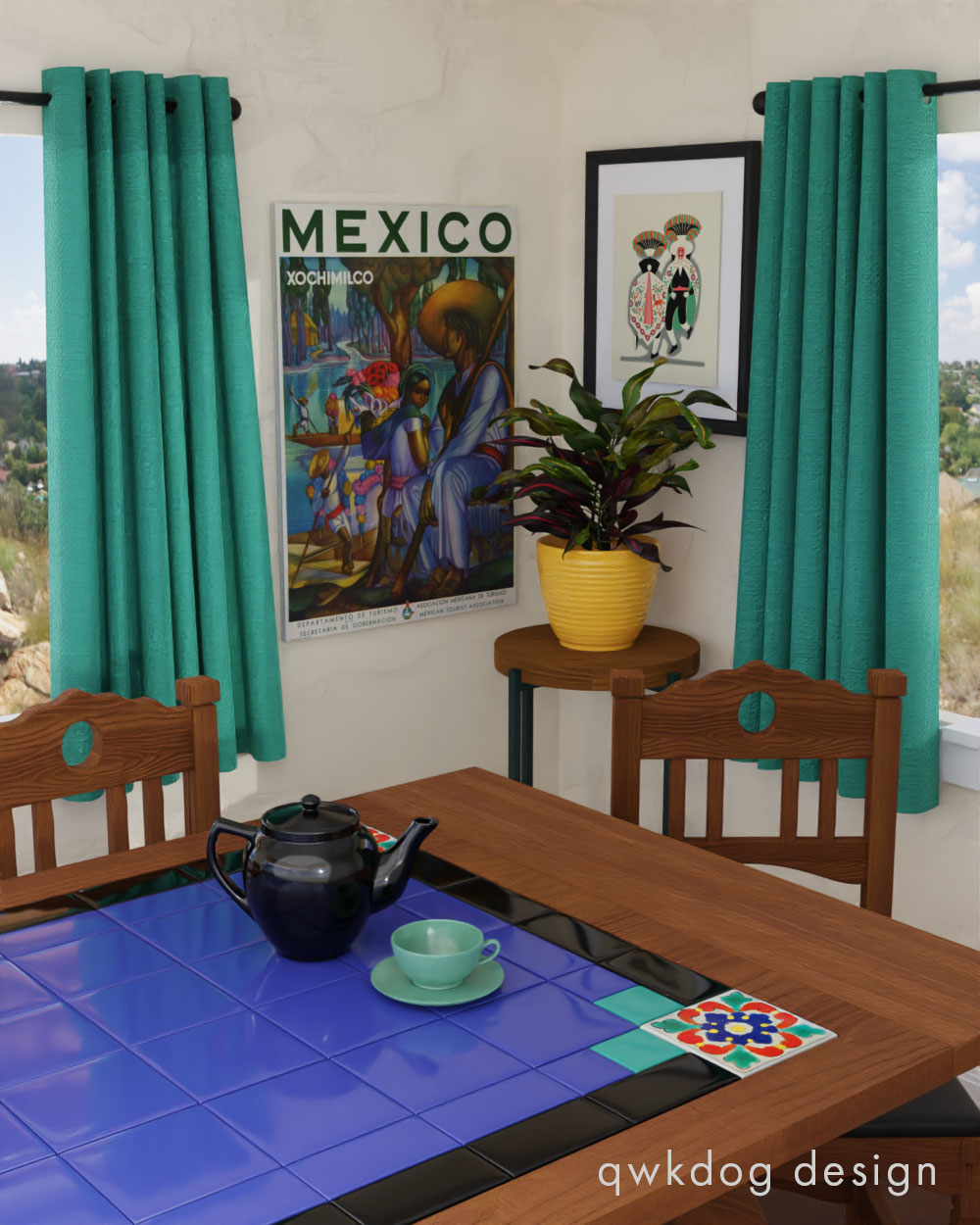
California Colored Pottery
Around this period, ceramics engineer Victor Houser joined the company, starting work on a series of new opaque colored glazes. The company marketed their first solid-color dinnerware, a plainware line called “California Colored Pottery” in 1930. The company initially sold their products to nurseries and garden departments and found consumers going crazy over the colored dinnerware!
With the initial success of California Colored Pottery, Houser and Ipsen added rings around 1932 and “ringware” was born. They company refers to ringware as ruffled pottery in company brochures. Both plainware and ringware items fall under the California Colored Pottery line; plainware items were discontinued around 1940. Bauer’s earliest colors for California Colored Pottery included Chinese yellow, delph blue, and jade green. A year or two later, the royal blue and orange-red glazes were added, followed by black, white, and burgundy towards the end of the 1930s. Throughout the duration of the line, roughly 100 separate pieces were produced. Black and ivory are highly desired colored by collectors due to their relatively limited availability on the market. Burgundy can also command slightly higher prices.
In 1935, Bockmon purchased Batchelder-Wilson’s tile plant after they went into bankruptcy. This plant, around the corner from the original Bauer facility, became known as Plant #2. With production capacity increased, they expanded their dinnerware lines. Bauer Pottery capitalized on the colorware craze with five separate iterations of their original California Colored Pottery. While no company records exist that can tell us with great precision the years that these new lines and new colors were released, the general time line is: plainware, ringware (both part of the same “California Colored Pottery” line, 1930), Monterey (1935), La Linda (1939), and El Chico (1939).
Seeking to compete with Homer Laughlin’s new Fiesta line in the mid-west and east coast markets, Bockmon built a factory in Atlanta around 1939. He died unexpectedly that year. The timing for Bauer was inopportune: The Atlanta plant produced some serveware pieces to support Los Angeles production, but turned over to wartime production shortly thereafter (producing sanitary-ware and dinnerware for the armed forces).
Bauer Pottery continued to produce a variety of art pottery and dinnerware lines until they closed in 1962. The company fell victim to competitive pressure from cheap imports, the popularity of plastics, changing consumer tastes, and labor unrest. A general strike at the company for fair wages failed, and Eva Bockmon closed the doors for good.
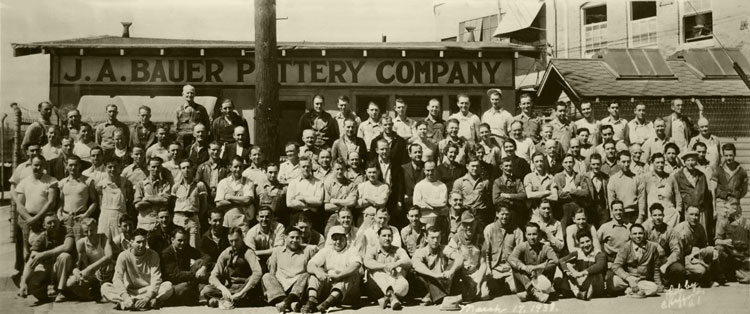
Bauer Pottery Today
In 1998, Janek Boniecki purchased the trademark rights to reproduce Bauer Pottery designs, starting a new era for Bauer. Using existing vintage pieces to derive new molds, the company now manufactures high quality replicas of original Bauer designs, in many original and new colors. Collectors can differentiate new vs. old Bauer by the “Bauer 2000” mark on the new pieces. The company produces pottery from their manufacturing facility in San Bernadino, CA, with a showroom in Glendale. You can shop Bauer Pottery online here.
